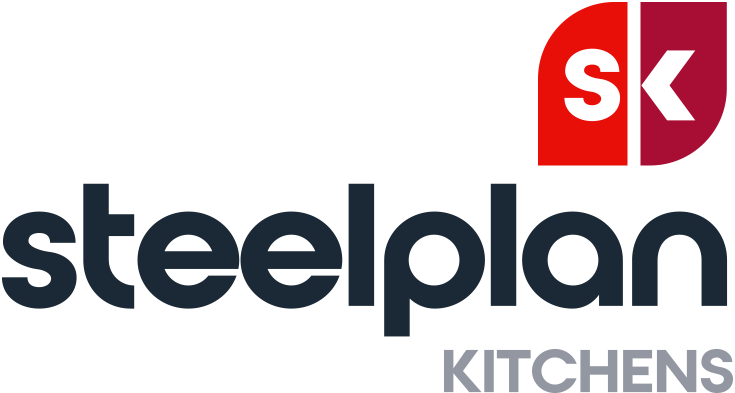If you have a kitchen that serves your community or congregation – or if you’re looking to install one – it should be safe, clean and easy to maintain.
If it isn’t kept to a hygienic standard in accordance with HSE guidelines, you risk accidents, cases of food poisoning or allergic reactions.
Whether or not you are planning to operate as a food business (with all the regulations that come with it) it’s your duty to your patrons and visitors to keep your kitchen safe – so you will need to lay down some ground rules.
That’s why we’ve provided this list of 10 Kitchen Commandments – read on to see how you can make it a safe environment for all of your users.
The 10 Kitchen Hygiene Commandments
1. Wash your pots, pans and surfaces when you leave
It’s rule #1 for the catering industry: the team going out should leave the space as they found it for the team coming in the next day.
That means no ‘soaking’ pots overnight for the next users to deal with.
Top Tip: You can get help to design a kitchen with a dedicated ‘dirties’ area – and considered decisions such as a ‘lift-out’ binlid, under-counter bin storage, and a dishwasher tray can make keeping the space clean far quicker and simpler.
2. Remember to clean… and deep clean
Washing up and wiping up as you go is good practice – but it’s not enough to keep your kitchen hygienic.
As guest users come and go, they may clean what they have used, but they’re not likely to clean below units, in drains or at the back of your cabinets. These areas can become very unhygienic and attract pests.
This is why you should organise a deep clean routine for weekly tasks (such as brushing taps for limescale), monthly tasks (removing any dust from cabinets) and even bi-annual tasks (cleaning your extractor fan).
Top Tip: Kitchens designed with materials that are easy to keep clean will save you hours of time every week. Choices such as avoiding silicone where worktops abut the wall, or welding sinks into worktops reduces the build-up of mould, for example.
3. Don’t slam, crash, or bash any surfaces
It should be obvious, but if your kitchen isn’t made of a hard-wearing material (such as MDF), it’s easy to see why doors coming off their hinges or splinters can be hazardous.
By design, Steelplan Kitchens are designed for heavy-handed use in community spaces (but are by no means vandal-proof!)
4. Keep your hands clean
If your surfaces are clean, then your hands should be too: this is doubly important in ‘hot’ kitchens, where you’re preparing raw meat, or if you are coming into contact with allergens.
Fact: food businesses are required to have a dedicated hand-washing sink, which Steelplan Kitchens can seamlessly weld into the worktop (alongside a dedicated soap and paper towel dispenser).
5. Be mindful of meat, allergies and religious dietary requirements
There might not be anyone in your community or congregation with specific dietary requirements or allergies, but you can’t be sure of the same among your kitchen users.
You both have a responsibility to set up dedicated food preparation and storage areas to ensure that meats or allergy-producing foods aren’t mixed with other items – and to ensure that surfaces are thoroughly disinfected after use.
Top tip: colour-coding makes this even easier – coloured chopping boards are often used, but having dedicated colours for certain cabinets or work areas is a practical and elegant solution that Steelplan can offer.
6. Make your policy on children clear
Children should be able to have fun learning in a kitchen, but it’s not a playground.
You need to make sure that if children are allowed at all in your kitchen:
- Locks are provided for sharps drawers and cabinets with hazardous materials
- An adult is there to supervise them at all times
- You can consider using induction hobs that don’t hold residual heat.
Top tip: remember, children are boisterous and curious. If your kitchen is coated in a vinyl wrap, they will be tempted to pick at it, which can leave unhygienic residue behind.
7. Know (and display) the safety procedures
If something goes wrong or someone gets hurt, people need to know what to do.
If new users are visiting the kitchen, make sure they know essential safety information, such as the locations of fire extinguishers, the fire exit, and the first aid kit.
You can only guarantee safety so far when you’re not on site: if the procedures are well-understood, accidents are less likely to happen.
8. Have a food storage policy
No one wants to be rude and throw away people’s food. However, food left in the fridges and freezers creates hygiene issues – and a smell.
Remove the risks associated with politeness by implementing a blanket policy like emptying a fridge every Friday. This ensures your users have a chance to save their food (and not risk a foul build-up).
Top tip: You may want to consider only providing a small freezer, so that users are discouraged from storing food unnecessarily.
9. Assign roles and rotas for your team and your visitors
If people don’t have an official responsibility, then they can assume things are other people’s problem.
Ensure your communicate clearly to visitors who is responsible for cleaning to create that expectation of responsibility .
For your own staff doing the deep clean or inspecting after your guests have left, create a rota to spread the burden and ensure you keep your kitchen clean.
10. Get rid of what you don’t need.
Kitchen gadgets are fantastic, but clutter makes it harder to keep the kitchen safe and well-organised.
Therefore, don’t pack your kitchen with tools you don’t need (or at least store them in a secure, hygienic place until you do).
Reminder – designing kitchens with single or two-tiered open trestles makes it much harder to keep clean as dust will accumulate. Closed units (with doors) are a must for storing your gadgets.
How else do I make sure my kitchen is safe and hygienic?
You can ask your kitchen users to practice good safety and hygiene habits – but if your kitchen is working against you, it becomes a lot harder.
For example, not only is an MDF kitchen prone to damage, but it’s also likely to soak up spills, oil and grease and attract mites – all of which can make food preparation a very unhygienic affair.
If you are planning to upgrade your kitchen, you need to choose one that prioritises hygiene by design.
A Steelplan semi-commercial kitchen isn’t just made of easy-to-clean, hypoallergenic materials. Our free design and consultation service helps you plan day-to-day hygiene in accordance with HSE and FSA guidelines.
From ‘routes’ that ensure food returning to the kitchen doesn’t contaminate the servery to installing a UPVC splashback to avoid grout accumulating near your sink, all we need are a few photos and the dimensions of your kitchen to create a 3D mock-up of a safe and hygienic kitchen in your community hub.
Just get in touch with our team at 020 8254 0090 or email [email protected] to see what we can offer your church or community centre.





